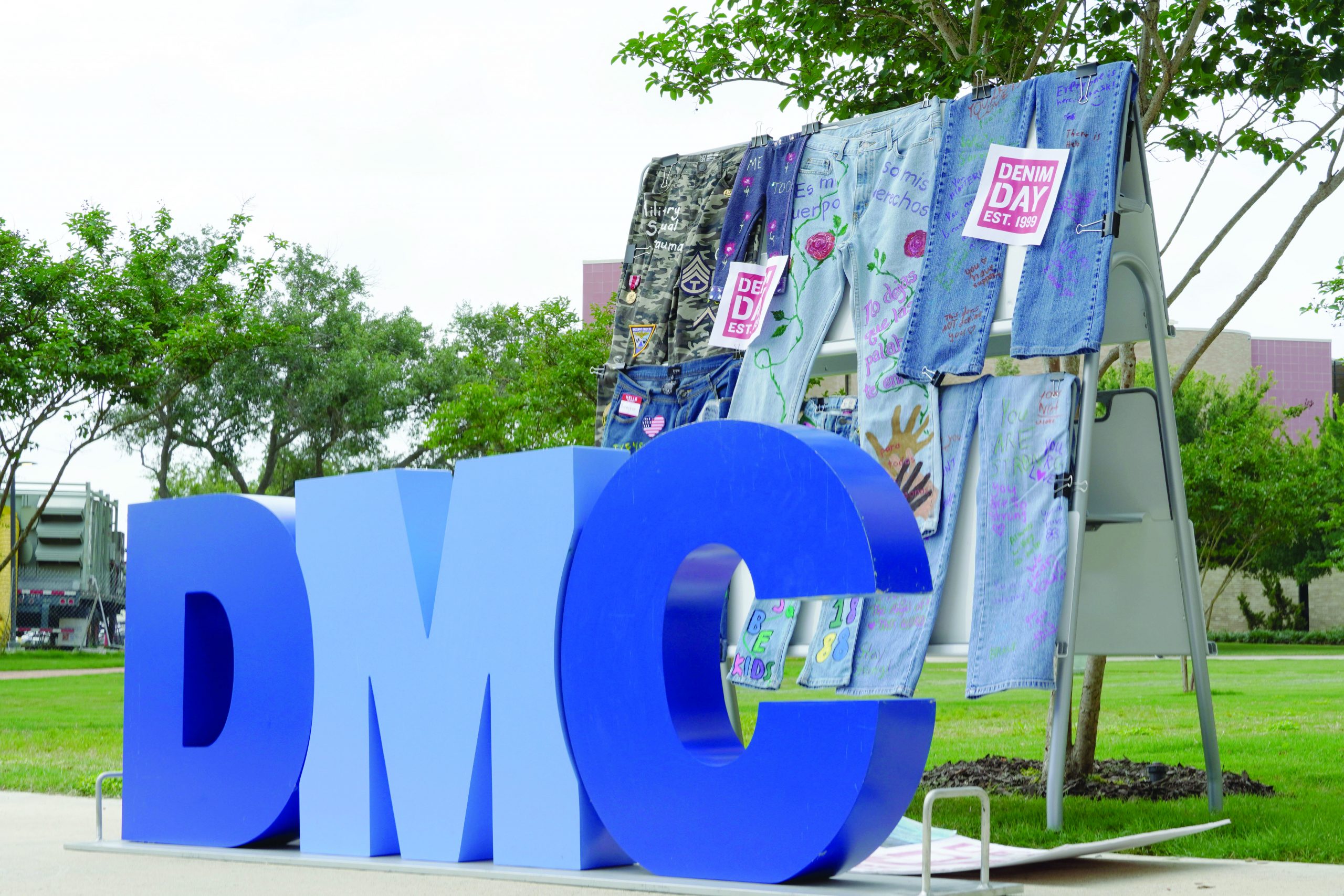Many colleges
add part-time
faculty members
Alexandria Rodriguez / Reporter
Del Mar College has bypassed a nationwide shift in faculty and administration, according to a recent study.
The study found that colleges nationwide are seeing a substantial shift in part-time and full-time faculty. The study by Delta Cost also found that colleges are hiring administration at a much faster rate than faculty.
Dailykos.com, a weblog with political study on current events, reported that administrators at college campuses increased by 50 percent between 2001 and 2011. The increase in administrators could be a factor in the rising college tuition costs, as reported by the Bureau of Labor Statistics.
Delta Cost reported that administrative positions grew twice as fast as enrollment, which resulted in 2.5 faculty members per administrator. Administrative positions grew by almost 5 percent every year between 2004 and 2012 and now make up 25 percent of campus jobs.
Del Mar has seen some minor changes in faculty, according to the Del Mar College Statistical Profile. In 2004 there were 294 full-time faculty members, 344 part-time faculty members, 111 exempt staff, and 250 support nonexempt staff members. In 2012 there were 278 full-time faculty, 287 part-time, 99 exempt staff and 143 nonexempt staff members.
Rising and falling enrollment numbers factor into the change. In 2004 enrollment was at 11,345 students. Enrollment grew in 2010 to 12,236 students but fell again in 2012 with 11,030 students.
Administrators are positions that involve management policies or business operations of the college or university; their primary job does not include instruction. They can include jobs such as human resources, counselors, presidents, vice presidents and provost or deans.
Full-time faculty declined 16 percent every year at community colleges between 2000 and 2012, according to Delta Cost. Part-time positions are rapidly taking over full-time positions and are generally less expensive, which is a huge benefit for community colleges. Part-time faculty members on average make about $3,000 per course without benefits, while full-time faculty members make about $50,000 a year with benefits. Community colleges are also more likely to hire more part-time faculty and staff members, according to Delta Cost.
James Klein, president of Del Mar College’s chapter for the American Association of University Professors, said the full-time faculty has shrunk in the past three years.
According to Klein, anything that doesn’t directly affect classroom instruction is not an area in which growth should be occurring, although state reporting may be a direct effect of the growing administrative positions.
“We have much more state reporting to do than we did 20 years ago,” Klein said. “Beyond that there has been growth that is less vital to the mission of the college.
“I would be in favor of changing a lot of adjunct positions into full-time positions,” Klein said. “I think that has some impact on the quality of instruction.”
The Eagle Ford Shale boon is a contributing factor in the increase in part-time faculty at Del Mar College, said Claudia Jackson, executive director of Strategic Communication and Government Relations.
“Four-thousand more people are taking continuing education or contract classes. Those are short courses that are designed to meet immediate business and industry needs,” Jackson said.
“With the Eagle Ford Shale exploding we need twice to three times as many people teaching truck driving courses,” Jackson said. “It may be for a specified time period, so we are not going to hire truck driving instructors on a tenure track because we are not sure we are going to need then 20 years from now.”
Administration at Del Mar College has been added to help in areas involving student services.
Del Mar college had one dean of students who handled everything from registration and advising to student retention and success, but Mark Escamilla, president of Del Mar College, split that into two positions, according to Jackson.
According to Fernando Figueroa, provost and vice president of Instruction and Student Services, the re-organization in 2011 reduced a number of positions as well as created new types of positions to meet budget requirements.
“Del Mar College and community colleges in Texas are very cost conscious and try to make the most of the dwindling state funds that we get,” Figueroa said. “We try to combine responsibilities.”
Del Mar College also strives to provide a consistent experience for the students, whether it is from part-time or full-time faculty members, according to Figueroa.
According to Figueroa the college has a retirement incentive in place, which many full-time faculty members are expected to take of advantage of.
“There are plans to make the appropriate reassignments,” Figueroa said. “Full-time faculty positions will be replaced with full-time faculty positions. There is no plan to replace the positions with part-timers for any kind of budget concerns.”
The study by Delta Cost concluded that colleges and universities nationwide are seeing a major shift between full-time and part-time faculty in efforts to save money, at the expensive of quality of instruction. The rises in new administrative jobs are geared toward student services, although whether it is necessary is yet to be determined.




